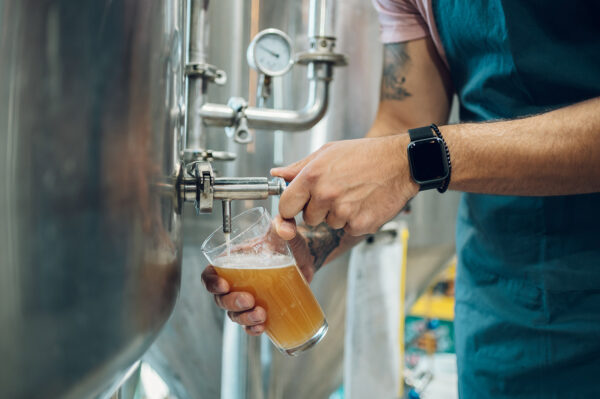We have previously discussed in how the Medicinal and Adult Use of Cannabis Regulation and Safety Act (MAUCRSA) states that “a local jurisdiction may allow for the smoking, vaporizing, and ingesting of cannabis or cannabis products on the premises of a retailer or microbusiness … if all of the following are met:
- Access to the area where cannabis consumption is allowed is restricted to persons 21 years of age and older.
- Cannabis consumption is not visible from any public place or non-age-restricted area.
- Sale or consumption of alcohol or tobacco is not allowed on the premises.” (MAUCRSA § 102 / Bus. & Prof. Code Section 26200)
While MAUCRSA explicitly states that consumption is allowed on a retail or microbusiness premise, MAUCRSA does not as explicitly address where consumers may consume cannabis products outside of a cannabis retail or microbusiness location, and outside of their homes. This post addresses state laws regarding smoking of cannabis “off-site”, as well as variations in local smoking laws that may affect a non-cannabis business’s ability to allow smoking of cannabis on their premises.
Section 11362.1 of the Health and Safety Code was amended by MAUCRSA to state, “it shall be lawful under state and local law, and shall not be a violation of state or local law, for persons 21 years of age or older to: … (4) smoke or ingest cannabis or cannabis products.”
Section 11362.3 then clarifies that “Section 11362.1 does not permit any person to: … (2) Smoke cannabis or cannabis products in a location where smoking tobacco is prohibited.”
The definition of “smoke” “includes the use of an electronic smoking device that creates an aerosol or vapor, in any manner or in any form, or the use of any oral smoking device for the purpose of circumventing the prohibition of smoking in a place.” In sum, it appears that a person cannot smoke cannabis in any location where state or local law prohibits smoking tobacco, no matter the form of “smoking”.
It follows that a business considering allowing patrons to smoke cannabis on their premises may next inquire where smoking tobacco is prohibited. The California Indoor Clean Air Act of 1976 and the rest of Chapter 4 of the California Health and Safety Code, titled “Indoor Air Quality,” restricts many areas where smoking may occur. Such places include publicly owned buildings, workplaces, retail food production and marketing establishments, ticketing lines, and more. Section 118940 of Chapter 4 states that local ordinances that are more restrictive “to the benefit of the nonsmoker” are not preempted by the State’s rules. Therefore, many localities have enacted smoking bans that are far more restrictive than the State’s laws.
For example, the City of Santa Rosa’s local smoking ordinance prohibits smoking in enclosed nonresidential places “available to and customarily used by the general public and all businesses patronized by the public” which specifically include hotels, motels, and restaurants. There are no exceptions made to the Smoking Ordinance for consumption of Cannabis through smoking or vaping.
Smoking is permitted in a “designated smoking area,” which is an unenclosed area that “(1) Must be located at least 25 feet in any direction from any operable doorway, window, vent or other opening into an enclosed area; (2) Must be located at least 25 feet from unenclosed recreational areas that are primarily used by children; (3) Must be located at least 25 feet from unenclosed areas that have improvements that facilitate physical activity including playgrounds, tennis courts, swimming pools, walking paths and sports fields; and (4) Must be clearly identified by conspicuous signs, and have ash receptacles, such as ash trays or ash cans, within the area for proper disposal of smoking waste.”It therefore appears that the City of Santa Rosa specifically precludes indoor smoking lounges, including at hotels, motels, and restaurants, and only allows for outdoor smoking in very limited areas.
It is important to note, however, that not all localities have smoking regulations as restrictive as the City of Santa Rosa. For instance, the City of West Hollywood appears to be less restrictive in that it permits smoking within open air dining areas of nightclubs and bars and unenclosed areas of a restaurant where food is not served, subject to the approval of a “Smoking Operations Plan” by the Director of Community Development.
Because the Health and Safety Code does not permit any person to “smoke cannabis or cannabis products in a location where smoking tobacco is prohibited,” it is important for non-cannabis business operators who are considering allowing consumption of cannabis on their premises to consider both local and state laws. Such business operators should ensure their smoking area complies with both state and local smoking laws and regulations, as well as local and state cannabis laws and regulations, as the various ordinances often implicitly interact. Please contact Rogoway Law Group if you would like to discuss whether you can allow cannabis consumption at your business premise.



